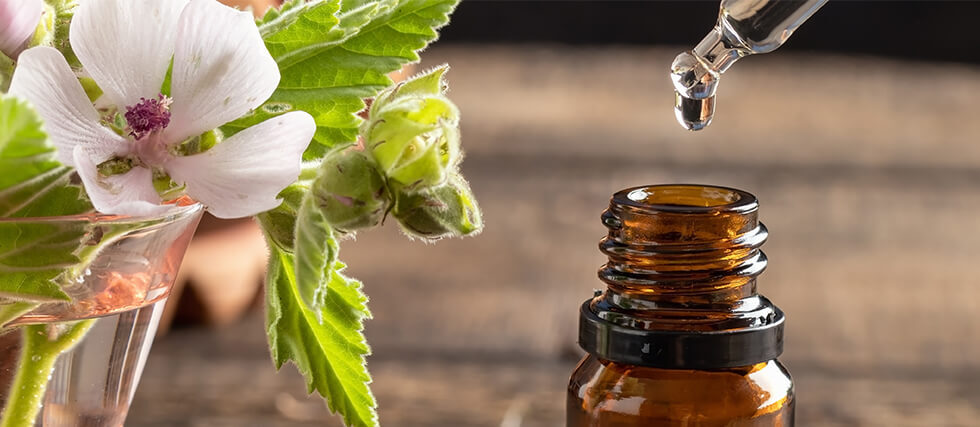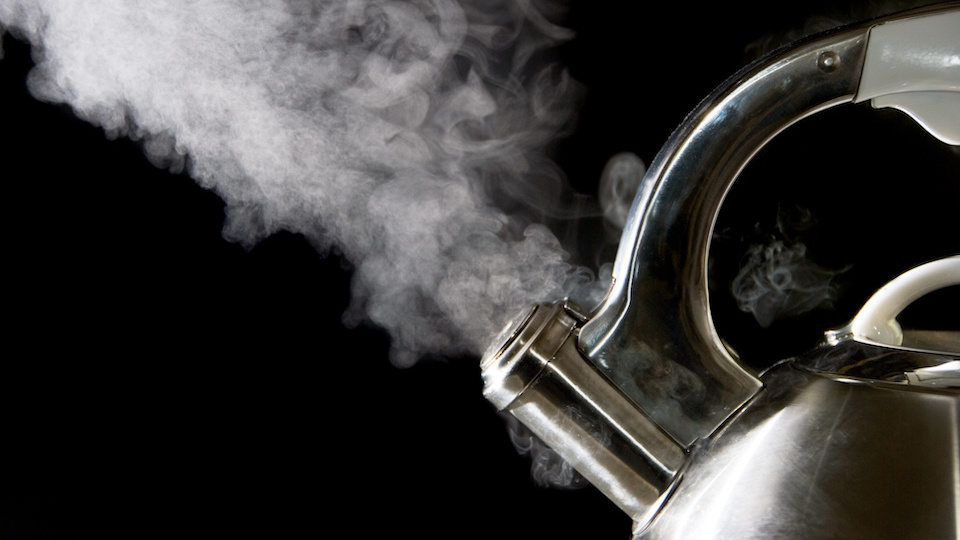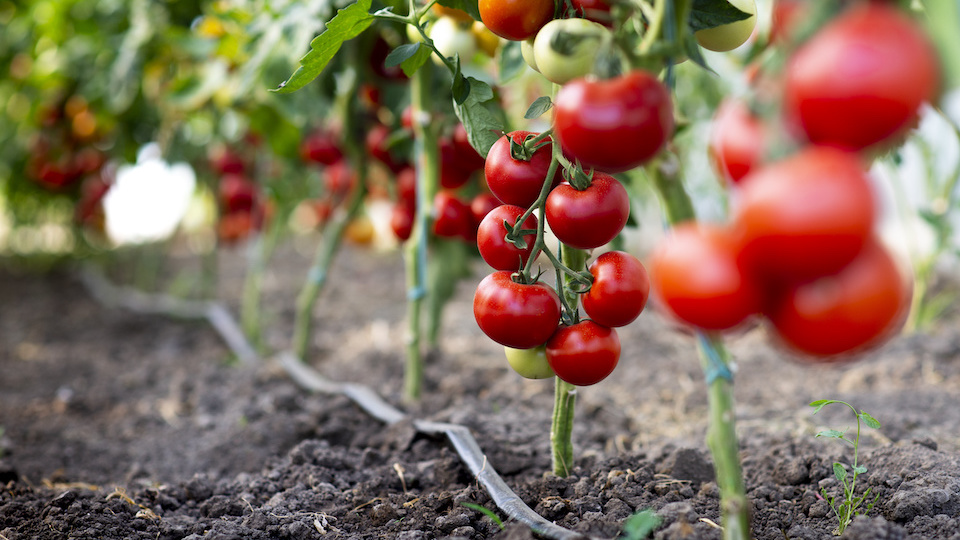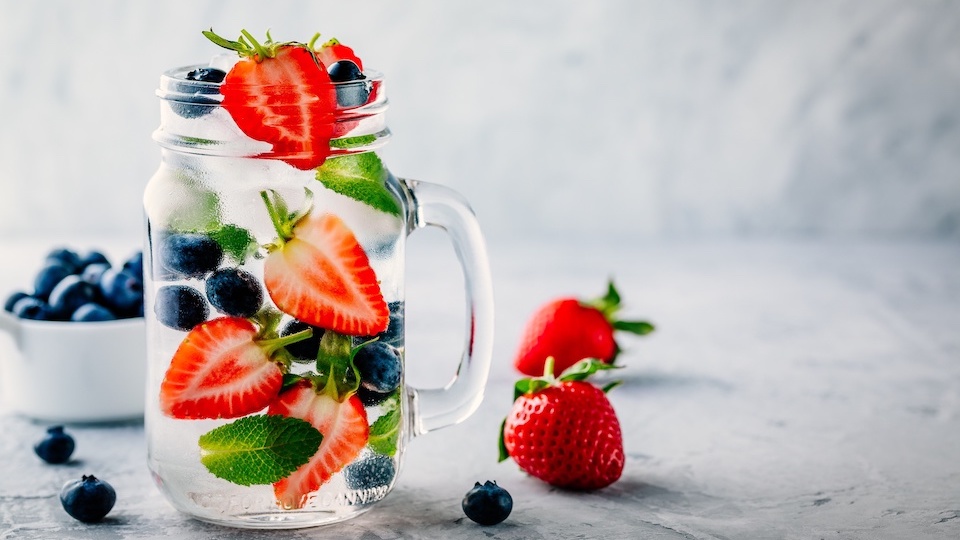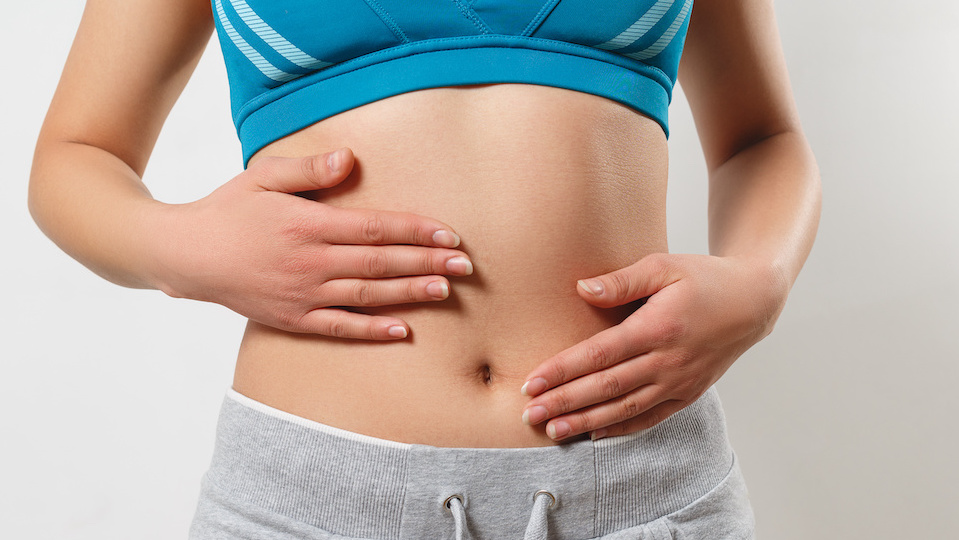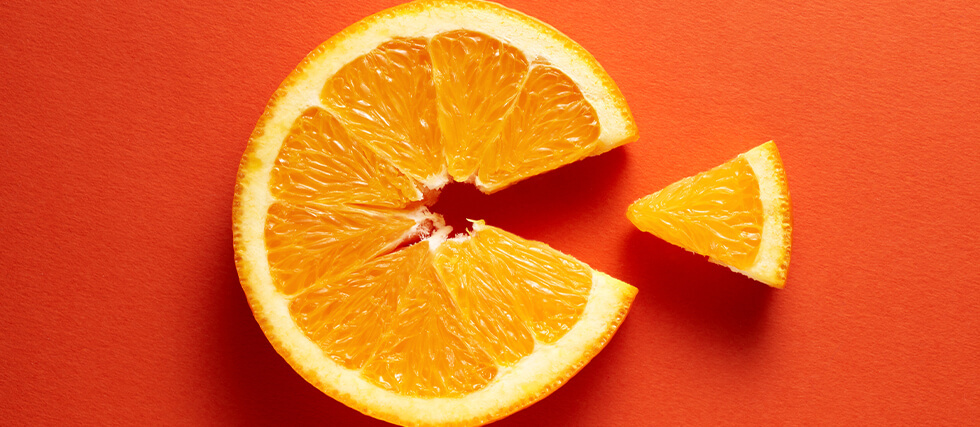The Root That Stops a Cough in Its Tracks—Fast
If you’re dealing with a stubborn cough that just won’t quit, you might be desperate for relief. You’ve tried cough drops, tea, and even Googled remedies in the middle of the night. But have you considered a centuries-old herbal solution that works fast? Enter marshmallow root extract—a natural remedy that can quickly soothe your throat and stop a cough in its tracks.
How Marshmallow Root Works
Marshmallow root (Althaea officinalis) has been used for over 2,000 years to treat coughs, thanks to its natural mucilaginous properties. This thick, gel-like substance coats the throat, reducing irritation and suppressing dry coughs. “Marshmallow root has been shown to decrease throat irritation and coughing,” says Dr. Bayo Curry-Winchell, a family medicine physician. Studies confirm that this herbal extract offers fast-acting relief, with many users experiencing soothing effects within just 10 minutes.
Best Ways to Take It for Quick Relief
For the fastest and most effective relief, doctors recommend:
- Lozenges – They prolong contact with the throat, extending relief.
- Tea – Steep dried marshmallow root in hot water and sip throughout the day.
- Tincture – Add 30–40 drops to water and drink as needed.
- Capsules – Take a total of 6 grams daily in divided doses.
Other Natural Cough Stoppers
In addition to marshmallow root, several other natural remedies can help calm a persistent cough:
- Honey – Coats the throat, soothes irritation, and has antimicrobial properties.
- Pineapple Juice – Contains bromelain, an enzyme that reduces mucus and inflammation.
- Licorice Root Tea – Acts as a natural anti-inflammatory and throat soother.
- Warm Salt Water Gargle – Helps reduce throat swelling and irritation.
- Bone Broth or Warm Water with Honey – Hydrates and soothes the throat while providing essential nutrients.


